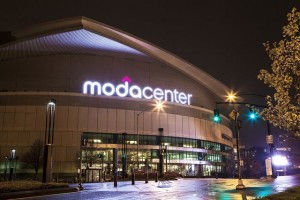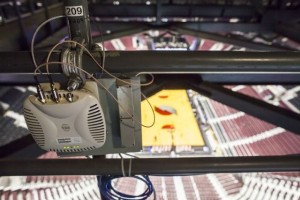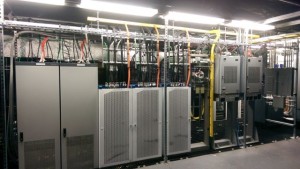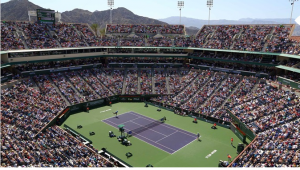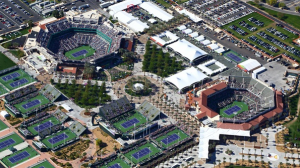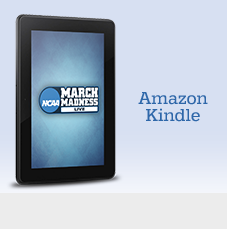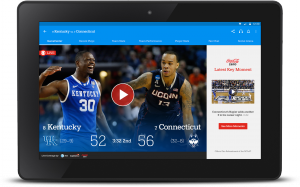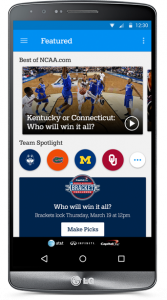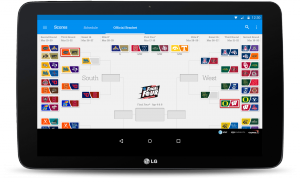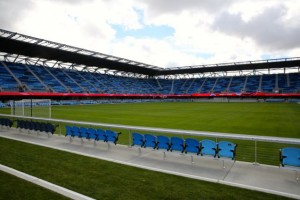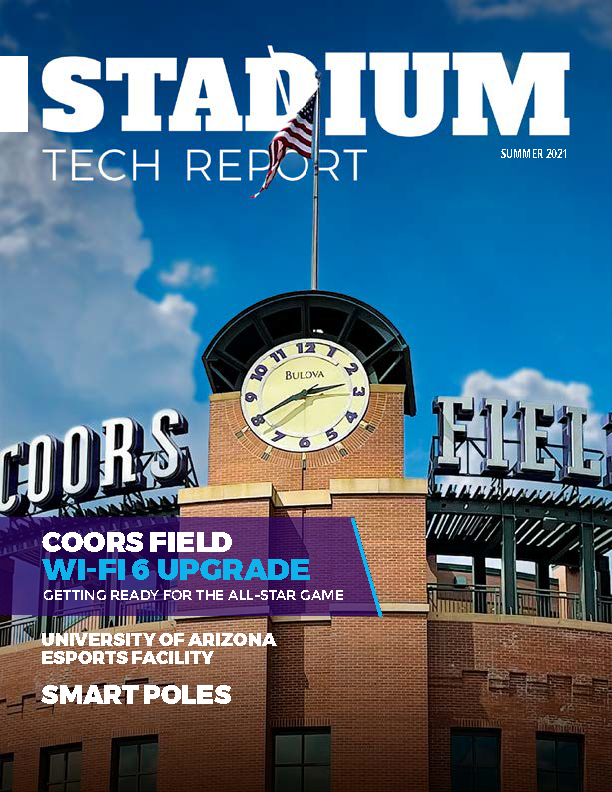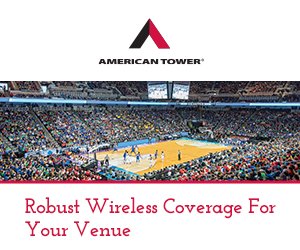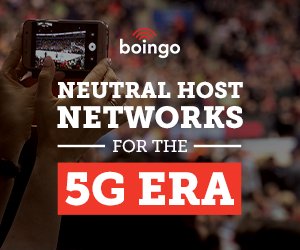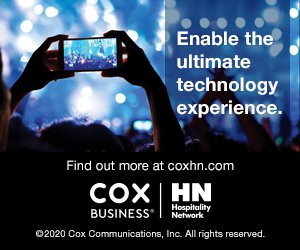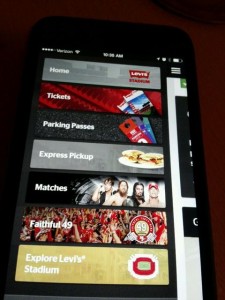
Screen shot of Levi’s Stadium app with in-seat delivery option missing in action. Credit: Paul Kapustka, MSR
Louise Callagy, vice president of marketing for Levi’s Stadium app developer VenueNext, said Monday that the choice not to have in-seat food and beverage delivery was made by the WWE, and not by Levi’s Stadium officials, or by the San Francisco 49ers, or by VenueNext.
“Levi’s Stadium plays host to many shows and producers, and as part of that, these producers get to decide how they want to use the stadium and the Levi’s Stadium app,” said Callagy in an email reply. “We provide recommendations and they make choices. For Wrestlemania, we understand WWE chose to provide fans the option to order food and drink via Express pick up only, because they did not want to distract guests from the show with in seat deliveries.”
Since we haven’t yet talked to anyone from WWE, it’s unknown if the organization’s decision to “tap out” on in-seat delivery was influenced at all by the snafu that surfaced during the recent Coors Light Stadium Series hockey game at Levi’s Stadium, when a flood of in-seat orders apparently overwhelmed either the app operations or the runner staff, resulting in numerous orders being stalled and/or cancelled without explanation. The Wrestlemania event will be the first big-time professional or college event at Levi’s without the in-seat delivery service available since the Niners’ home opener last Sept. 14. In-seat delivery was available at all Niners’ home games this past season, as well as at two college games and at the hockey game on Feb. 21.
Taking a look at the Levi’s Stadium app on our phone on Monday, with its Wrestlemania 31 cover, the in-seat delivery feature is already gone from the top menu list of app functionality. What is still appearing is the “Express Pickup” feature, where fans at the stadium can use the app to order and pay for food ahead of time and then pick it up at the closest concessions window, theoretically avoiding the long lines that regularly plague all stadiums, including Levi’s.
